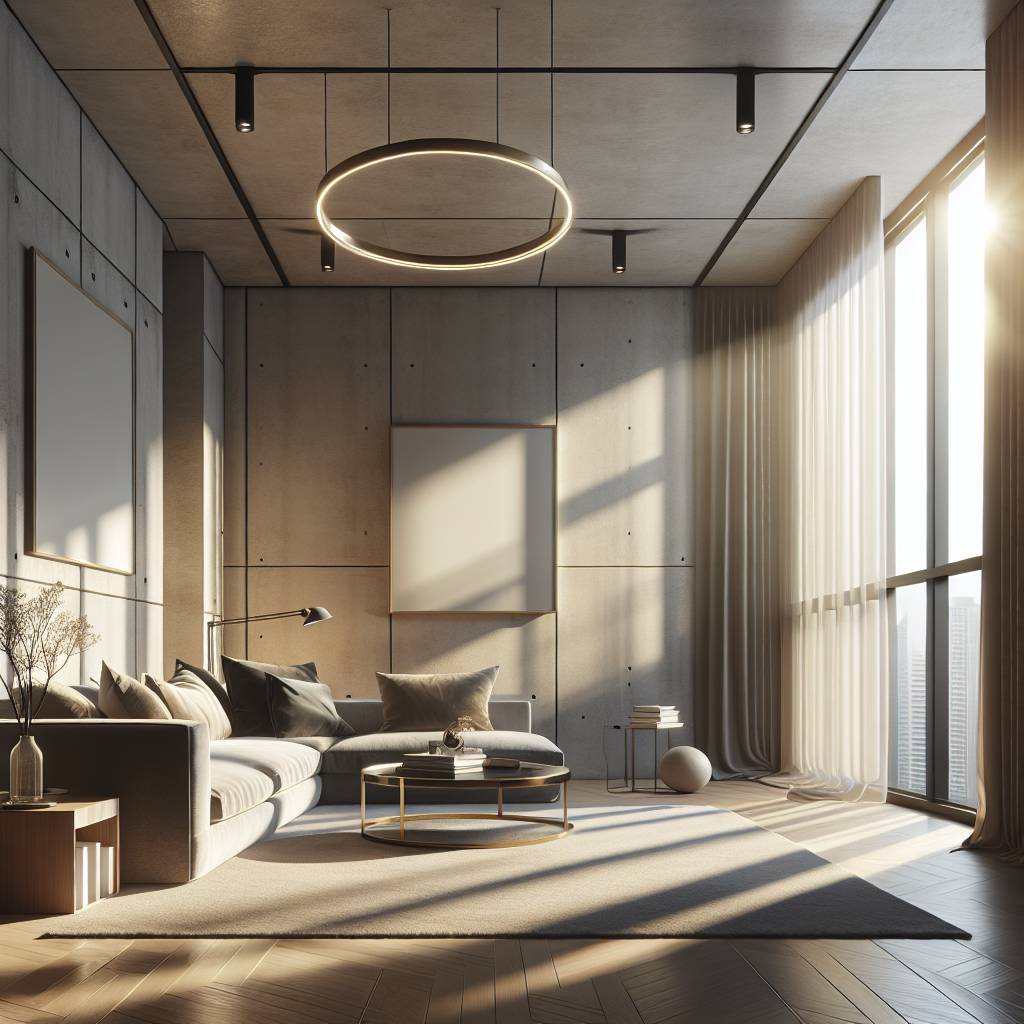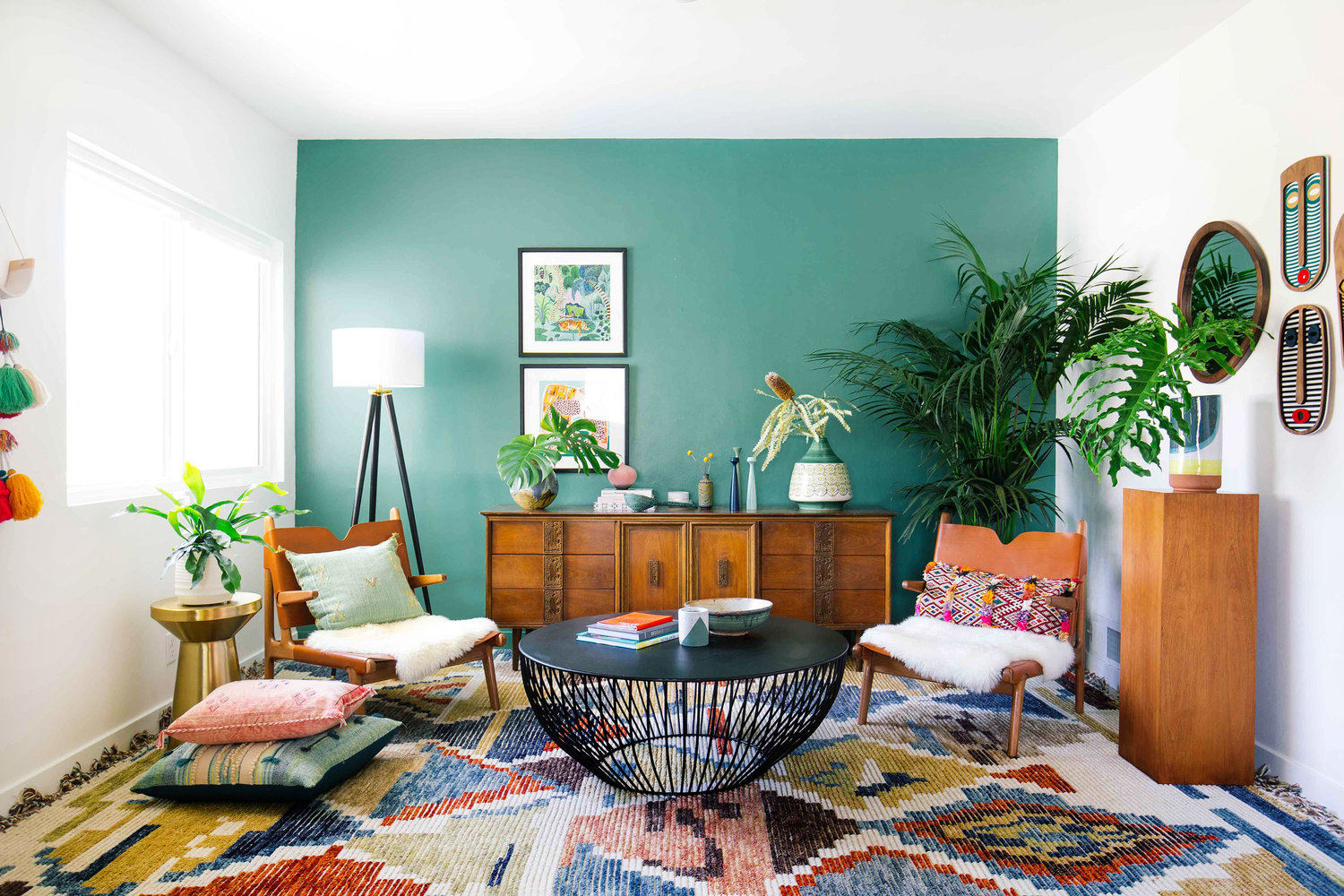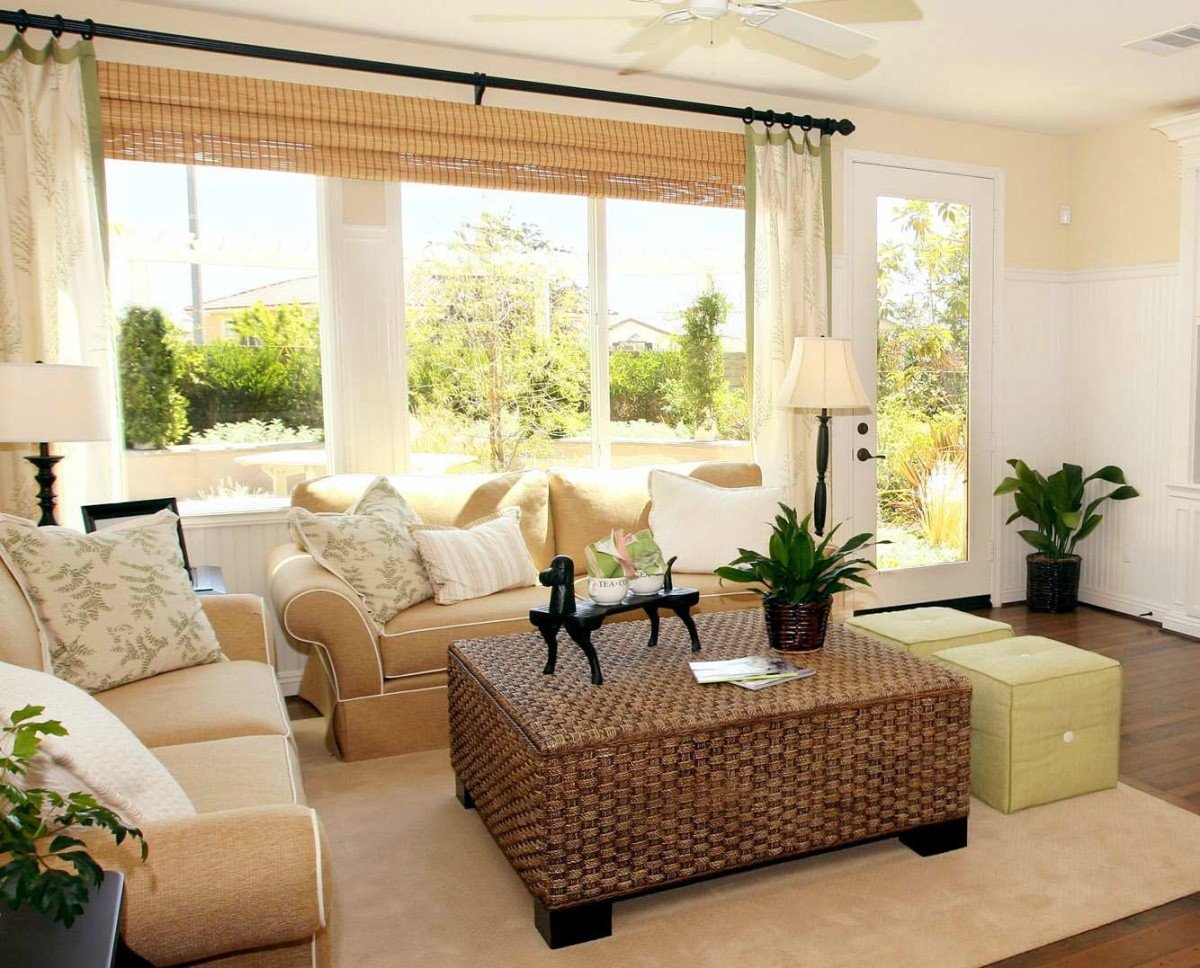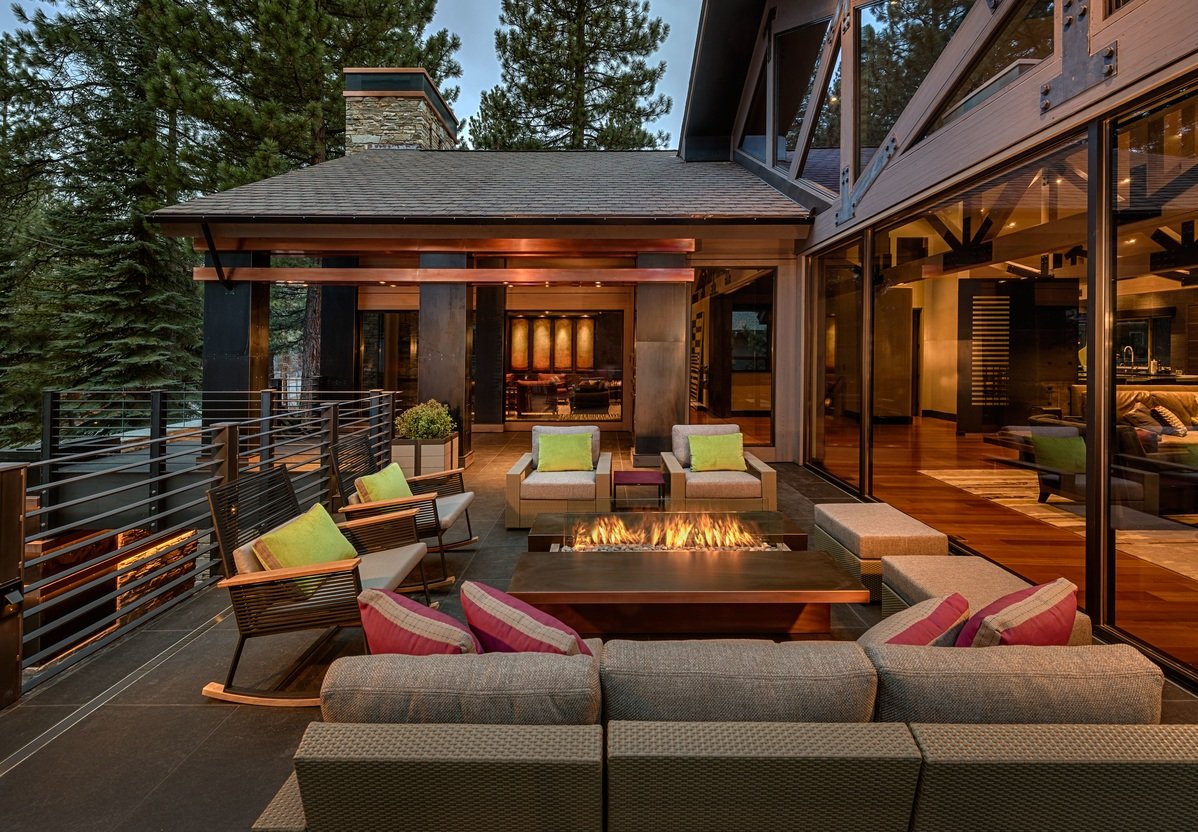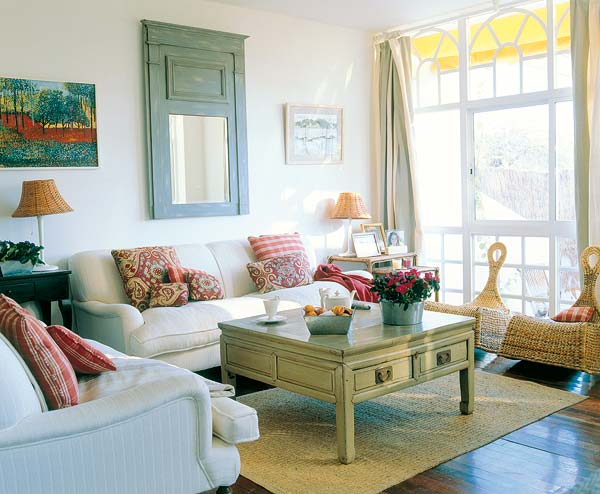Ever wondered how the perfect glow of natural light in your living room can amplify its ambiance? Window placement isn’t just about where to fit a glass pane; it’s a strategic decision that shapes how sunlight dances across your space. The right windows in the ideal spots not only flood your living room with warmth but also transform it into an oasis of comfort and style. And positioning is everything – it can make or break the mood in one of the most important rooms in your home.
In this post, we’ll dive into why nailing window placement is crucial for achieving optimal lighting in your living room. You’ll get insights on leveraging natural light to create an inviting atmosphere that enhances both function and flair.
Understanding the Importance of Natural Light
Health Benefits
Natural light from the sun is crucial for our well-being. Exposure to sunlight during the day helps regulate sleep patterns and boosts vitamin D levels. This can lead to improved mood and energy levels. In a living room, where families spend much time, ample natural light can make a significant difference in overall health.
Placing windows strategically enhances exposure to daylight. It allows residents to reap these benefits without leaving their homes. For example, east-facing windows capture morning sunlight which can invigorate one’s start to the day.
Room Aesthetics
Ambient light has a powerful effect on how we perceive spaces. It brings out colors and textures in furniture and decor that artificial lighting cannot match. When considering living room window placement for lighting, think about how sunlight will interact with your space at different times of the day.
A well-lit living room feels more welcoming and spacious. The right balance of shadows and light adds depth and character to an area often used for relaxation or entertaining guests.
Energy Efficiency
Sunlight doesn’t just brighten up a space; it also offers thermal warmth known as solar heat gain. During colder months, having windows that allow for maximum solar heat gain reduces reliance on artificial heating systems, cutting down energy usage significantly.
Conversely, in warmer seasons proper window placement can minimize direct sun exposure reducing cooling needs inside your home—another boost for energy efficiency.
Strategic window design takes into account both light entry and insulation properties ensuring comfort year-round while keeping electricity bills low.
Maximizing Natural Light with Strategic Window Placement
Positioning Impact
Strategic placement of living room windows is crucial. It determines how much sunlight enters your space. South-facing windows capture the most light throughout the day. This orientation takes advantage of the sun’s path, bringing in a steady stream of natural light.
North-facing windows receive less direct sunlight. They provide even, natural illumination without harsh glare or heat that can come from other directions. The goal is to balance warmth and brightness for comfort.
East and west-facing windows offer morning and afternoon light, respectively. However, they can cause glare during sunrise and sunset times.
Rooms with multiple window orientations benefit from varied lighting conditions as the day progresses. For example, combining south and east-facing windows allows your living room to be bright in both mornings and afternoons.
Size Matters
The size of your living room’s windows affects brightness levels too. Larger panes allow more natural light than smaller ones do.
A tall window will let in more daylight over a longer period than a short one because it catches rays when the sun is at different heights in the sky.
But bigger isn’t always better; consider privacy needs alongside maximizing light intake.
To maintain privacy while letting in ample sunlight, you could install taller but narrower vertical panes instead of wide horizontal ones.
This way you get plenty of daylight without feeling exposed to neighbors or passersby.
Type Influence
Different types of windows impact how much light gets into your home.
Fixed glass panels are excellent for unobstructed views but don’t open for ventilation.
Meanwhile, operable types like casement or sliding sash allow air circulation along with sunshine penetration.
Skylights funnel direct overhead lighting into rooms that may lack wall space for additional side-windows due to design constraints or neighboring buildings blocking side exposure.
Bay or bow designs project outward from walls creating angles which catch rays from multiple directions enhancing overall luminance within interiors significantly compared against flat styles aligned strictly perpendicular against exterior surfaces alone.
Standard Heights and Practical Guidelines for Living Room Windows
Common Standards
Windows are vital for natural light and views. The standard height of living room windows usually starts at about 3 feet from the floor. This allows ample daylight to enter while maintaining privacy. For larger windows, the bottom might be lower, around 2 feet off the ground.
Standard heights also consider furniture placement. A window starting 3 feet high won’t be blocked by a couch or sideboard. In rooms with high ceilings, taller windows can balance space proportions.
Height Considerations
Choosing window height is more than following standards. You must think about your specific needs and preferences.
Consider the direction your living room faces:
- South-facing rooms get more sunlight, so higher windows maximize light without overheating.
- North-facing rooms benefit from lower windows to catch limited sunlight.
The view outside matters too. If you have a pleasant garden or landscape, positioning windows to capture this view is ideal.
Light Influence
Window height affects how much light enters a room during different times of day. Higher-placed windows let in morning light that doesn’t glare on screens or create harsh shadows; they’re great above eye level where direct sunlight isn’t an issue.
Lower-placed windows can offer more consistent lighting throughout the day but may need shading solutions like blinds to control intense afternoon sun in some directions.
Tips for Choosing the Right Window Placement in Living Rooms
Sun Path
Understanding the sun path is crucial for optimal living room lighting. The sun moves across the sky differently depending on your location and the season. To harness natural light, place windows where they can catch morning or afternoon sunlight. For example, east-facing windows capture soft morning light, while west-facing ones bask in warm evening glows.
Consider how the sun’s rays enter through these openings. You want to avoid harsh midday light that can overheat rooms and fade furniture. Using trees or architectural elements outside can help filter this intense sunlight.
Privacy Balance
Balancing privacy with views is key when deciding on window placement in living rooms. Large windows offer expansive outdoor views but may compromise privacy if placed without thought. Consider frosted glass or positioning windows higher up walls to maintain a sense of seclusion while still inviting natural light.
Strategic window placement allows you to enjoy both worlds: a well-lit space and a private retreat from the outside world. This balance enhances comfort and relaxation within your home environment.
Furniture Layout
The layout of your furniture plays into where you should position your living room windows as well. Before finalizing window placement, plan out where sofas, TV stands, bookshelves will go. Ensure there’s enough wall space around these items for potential window installation without creating an overcrowded feel.
Remember that large pieces like sectionals need clear spaces beside them for easy access and aesthetic purposes; hence why proper planning cannot be overstated here.
Evaluating Surroundings to Optimize Window Positioning
External Factors
When planning window placement in a living room, it’s essential to look outside. The external factors like neighboring buildings and trees can block natural light or provide unwanted shade. Assess the surroundings carefully. Think about how these elements could affect your space throughout the day.
For instance, if a large tree stands close to your house, it might cast shadows during certain hours. This could make your living room dimmer than you’d like. On the other hand, that same tree could offer pleasant dappled light on sunny afternoons or shield you from intense summer heat.
Seasonal Sunlight
The sun’s path changes with seasons, affecting how light enters your home. Consider this when placing windows in your living room for optimal lighting conditions year-round.
During winter months, sunlight comes from a lower angle and can reach deeper into rooms. In contrast, summer sun is higher in the sky and may cause glare if not managed well with proper window positioning or treatments like overhangs or blinds.
Think about where to position windows so that they capture soft morning light but minimize harsh afternoon rays that can fade furniture and increase cooling costs.
Landscape Views
The view from your window should also guide its placement. A good view can enhance the ambiance of any room significantly.
If there’s an attractive landscape element like a garden or water feature nearby, consider orienting windows towards it for both aesthetic pleasure and natural lighting benefits.
However, if unsightly structures are present outside your home, strategic window placement becomes even more crucial to avoid them while still allowing ample daylight into the living room.
By taking these aspects into account – external barriers such as buildings and foliage; seasonal variations in sunlight; plus landscape views – homeowners can decide on optimal window locations for their living rooms effectively.
Remember: Good window positioning goes beyond just aesthetics; it involves practical considerations that impact daily comfort and energy efficiency within one’s home environment.
Balancing Aesthetics and Natural Lighting in Window Design
Room Harmony
Interior design elements play a crucial role in how we perceive space. Window placement should complement the room’s decor for maximum aesthetic appeal. Consider the furniture layout, color scheme, and overall style when deciding on window locations. For example, placing a large window behind a seating area can create an inviting reading nook with ample natural light.
Windows add visual interest to your living room while serving functional needs. Striking this balance often requires thoughtful consideration of both light intake and design harmony. You might position windows to catch morning sunlight or frame scenic views without compromising the interior’s flow.
Light Management
Managing incoming light is essential for comfort and ambiance in your living room. Curtains, blinds, and shades offer control over brightness levels throughout the day. They also contribute to the room’s aesthetics by adding texture or pops of color.
Choosing window treatments that match your interior design theme enhances cohesion within the space:
- Sheer curtains allow soft light filtration while maintaining privacy.
- Blackout curtains provide complete darkness when needed.
- Blinds come in various materials suitable for different decor styles.
These options help you adjust lighting based on time of day or activity without sacrificing style.
Visual Impact
The right window design can dramatically alter a room’s appearance. Grille patterns on windows introduce architectural detail that complements classic interiors well. On modern homes, sleek frames with minimal grilles preserve clean lines.
To maintain aesthetic appeal alongside functionality, consider these factors:
- The scale of windows relative to wall size
- Proportionate spacing between multiple windows
- Symmetry versus asymmetry based on overall interior design
Remember that each element contributes to creating an attractive yet practical living environment.
Ventilation and Natural Light: Dual Benefits of Proper Window Placement
Improved Ventilation
Proper window placement does more than just let in light. It also improves ventilation. When windows are positioned to catch prevailing winds, they can move fresh air through the room. This reduces the need for electric fans or air conditioning, lowering energy bills.
Imagine a gentle breeze blowing across your living room on a warm day. With well-placed windows, this is possible. They allow air to flow freely from outside to inside and vice versa. This movement of air helps keep indoor temperatures comfortable.
Abundant Lighting
Good ventilation often comes hand-in-hand with abundant natural light. Windows that provide excellent airflow usually offer lots of sunlight too. Placing them on walls facing the sun’s path maximizes both benefits.
Rooms filled with daylight feel larger and more welcoming. Sunlight streaming through windows not only brightens up space but also cuts down on artificial lighting during the day.
- Saves electricity: Less reliance on lights.
- Boosts mood: Sunlight has positive effects on well-being.
Energy Savings
The dual advantages of proper window placement lead to notable energy savings. Fresh air entering through windows can reduce dependence on HVAC systems during mild weather conditions.
On sunny days, natural light means less need for lamps or overhead lights until evening hours arrive.
- The result? Lower utility costs over time.
Techniques to Amplify Light with Optimal Window Placement
Reflective Surfaces
Reflective surfaces play a crucial role in maximizing light. Mirrors, for example, can be strategically placed to reflect sunlight deeper into the room. They act like light multipliers, bouncing rays around and illuminating dark corners.
Consider placing a large mirror directly across from your largest window. This will capture the most daylight and spread it throughout your living room. Shiny metal decor or glossy floor finishes also enhance this effect.
Glossy furniture surfaces contribute too. A glass coffee table or shiny cabinet fronts can catch and scatter light rays effectively.
Window Glazing
Window glazing is another key factor in lighting design. Modern glazing techniques allow more natural light while blocking UV rays that can fade furniture.
Double-glazed windows have two layers of glass with air or gas between them. This setup lets in plenty of light but provides insulation against heat and cold as well.
Look for low-emissivity (low-E) coatings on windows; they reflect infrared energy, keeping rooms warmer in winter and cooler in summer without sacrificing sunshine entering your space.
Color Schemes
The color scheme of your living room affects how much natural light is perceived. Light colors on walls, ceilings, and floors help amplify daylight as they reflect rather than absorb it.
Choose paints with a satin finish over matte ones to take advantage of their slight sheen which reflects more light.
Soft hues like pastels or neutrals are particularly effective at making spaces feel brighter when combined with good window placement.
Incorporate these elements thoughtfully to create an inviting atmosphere filled with abundant natural light that enhances comfort within your living space.
The Transformative Effect of Well-Placed Living Room Windows
Ambiance Enhancement
Well-placed living room windows do wonders for a home’s ambiance. They let in natural light, which can make the space feel larger and more inviting. A room bathed in sunlight has an uplifting effect on mood and can even boost productivity.
Imagine sitting in a living space that was once dimly lit. Now, with several strategically placed windows, the same room feels vibrant and alive. This change affects not only how we perceive the space but also how we use it.
Mood Improvement
Windows are like eyes to the world outside our homes. They offer views that connect us to nature or cityscapes while providing essential daylight. Good lighting is known to improve one’s mood significantly.
For example, consider traditional homes with fewer windows; they often seem closed off from their surroundings. By adding more windows or enlarging existing ones, these spaces transform into areas where families want to spend time together.
Productivity Boost
The right amount of light coming through well-positioned windows can enhance focus and efficiency during daily tasks such as reading or working from home. It reduces reliance on artificial lighting which is beneficial for both your wellbeing and electricity bills.
In rooms used for work or study, carefully considering window placement relative to furniture layout helps minimize glare while maximizing illumination during key parts of the day.
Let’s look at some real-life examples:
- A house facing north received little sunlight inside its living spaces due to small windows.
- After renovation, large floor-to-ceiling windows were installed along one wall.
- The result was a transformation: increased natural light created an excellent view and improved overall comfort within the house.
- Another case involved a home with many rooms but limited outdoor connection due to inadequate window design.
5 – With new expansive openings towards a great view, occupants now enjoy enhanced curb appeal alongside better indoor-outdoor flow.
These cases demonstrate how thoughtful window placement dramatically changes living experiences by integrating exterior beauty into interior spaces without compromising privacy or creating unwanted wind paths through the house across seasons.
Conclusion
You’ve journeyed through the ins and outs of living room window placement, grasping how it can revolutionize your space with natural light. We’ve tackled everything from standard heights to aesthetic balances, ensuring you’re equipped to make informed decisions. Remember, the right windows turn a mundane room into a vibrant sanctuary. They’re not just openings in a wall; they’re your connection to the rhythm of day and night, your partnership with the sun.
So, grab that tape measure and eye those walls! It’s time to transform your living room into a beacon of light and comfort. Share your experiences or snap a pic of your luminous living room makeover—we’d love to see how you let the light in. Ready, set, illuminate!
Frequently Asked Questions
How does the placement of windows affect natural lighting in a living room?
The right window placement can maximize natural light, illuminating your space throughout the day and reducing the need for artificial lighting.
What is the standard height for living room windows?
Standard heights for living room windows typically start at about 3 feet from the floor to allow ample light while maintaining privacy.
Can window placement also improve ventilation along with lighting?
Absolutely! Properly placed windows enhance both ventilation and natural light, giving you a breath of fresh air along with brightening your space.
What should I consider about my surroundings when placing living room windows?
Take into account factors like direction, external obstructions, and landscape to optimize window positioning for ideal natural light access.
How do I balance aesthetics with practicality in window design?
Aim to marry form with function by choosing window styles that complement your home’s design while also maximizing light intake.
